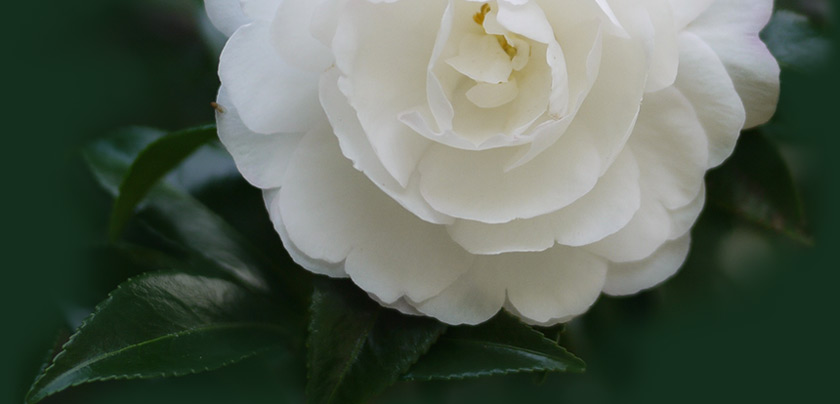In sunny Queensland, actually it rained today – but – sasanqua camellias are all but finished flowering and are getting ready to start shooting new growth. Now is the time to prune – before that new growth starts. You can prune selectively cutting out unwanted growth – I like my camellias as more open bushes – or you can use hedging shears to give a general haircut. Remember, the new growth will shoot from the top of the cut, so it is wise to cut back thick or heavy branches to below the height you want the new growth to grow to. Do the same to japonicas when they finish flowering – but before they start to shoot away with new growth.
I have read with interest that camellias have proved themselves as very ‘water wise’, and have stood up to recent dry seasons that we have experienced right around Australia very well. We have always known this, and it is great that this message is now out there and being accepted by the gardening media and the gardening public. An established camellia bush will withstand dry periods very well. Naturally, they like a good watering when it comes.
I have also seen a comment recently about a ‘new’ camellia pest – the camellia tea mite. The camellia tea mite – also called the camellia red spider mite – has been around for some time. It likes warm dry weather, which could be why we have seen it more in the past few seasons. They cause a grey/bronze mark to the top side of the leaf, more often on japonicas, usually starting on lower branches, and if you wipe your finger along the mid-rib when the little critters are active, your finger comes away with little red streaks – from the mites you’ve squashed. These pests are not visible to the naked eye, but the pin point size mites can be seen using a 10x magnifying lens. You can treat this pest, as has been suggested, with pest oil, but this will not get rid of the mites. Using an insecticide will not work either, as these things are mites – more closely related to spiders (hence the name ‘red spider mite’) than to insects. It’s like taking antibiotics for a head cold – it’s the wrong treatment for the ailment. If the red spider mite infestation is severe and you want to treat it chemically, use a specific miticide. Check this with your garden centre or nursery. Take care when using chemicals, read and follow the instructions, only apply as directed and always use rubber gloves and a face mask so that you do not become exposed to the chemicals. Red spider mites become active as we move into the warmer months, although I visited a garden last weekend that had mites on one of the japonicas already.
Having said all that, most gardeners can cope with a few pests and the best solution is a healthy, balanced garden. Damaged leaves will not recover, they have had the chlorophyl sucked out of them, but these will eventually fall as the plant puts on new growth, or you can cut out the damaged bits. Dispose of these bits carefully. As we start seeing new growth, also watch out for aphids on new shoots (wipe them off, hose them off, or use a systemic insecticide), and loopers and caterpillars that chew at the base of new shoots.
For us in Queensland, now and over the next few weeks is a good time to start to fertilise and re-mulch. For cooler areas where the japonicas are still in mid season flower, leave this fun activity for a few weeks more. Just check the new growth buds and give the plants a feed before the shoots take off.
Get dirty in the garden this weekend!




What an exquisite article! Your post is very helpful right now. Thank you for sharing this informative one.
Great content!! So, much informative content you produce high quality of content which is good for those people can possibly visit your site.